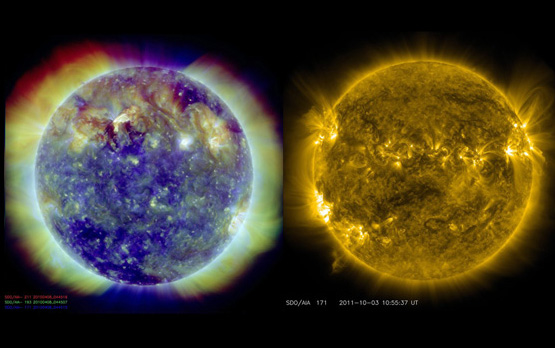A total solar eclipse occurred on Friday at about 11:10 Beirut local time, and will be fully visible in the Faroe Islands, 200 miles off the coast of Scotland, and in the Svalbard archipelago off the coast of Norway.
 A total solar eclipse occurred on Friday at about 11:10 Beirut local time, and will be fully visible in the Faroe Islands, 200 miles off the coast of Scotland, and in the Svalbard archipelago off the coast of Norway.
A total solar eclipse occurred on Friday at about 11:10 Beirut local time, and will be fully visible in the Faroe Islands, 200 miles off the coast of Scotland, and in the Svalbard archipelago off the coast of Norway.
A solar eclipse happens when there is new moon. The moon on Friday will be at the closest point in its orbit to the earth, making it appear larger on earth than usual. The moon passes between the sun and the earth, blocking out all the sunlight.
In Turkey, and in Europe, it may be partially visible. It won't be visible at all in the U.S.
It is dangerous to look directly at a solar eclipse, as blindness can result.
For the latest eclipse, hundreds of astronomers are already stationed at Svalbard, Norway. Solar eclipses provide a unique opportunity to study the sun’s atmosphere – the corona – which is much easier to observe with most of the sun’s light blotted out.
Another full eclipse of this type will not occur again until 2026.